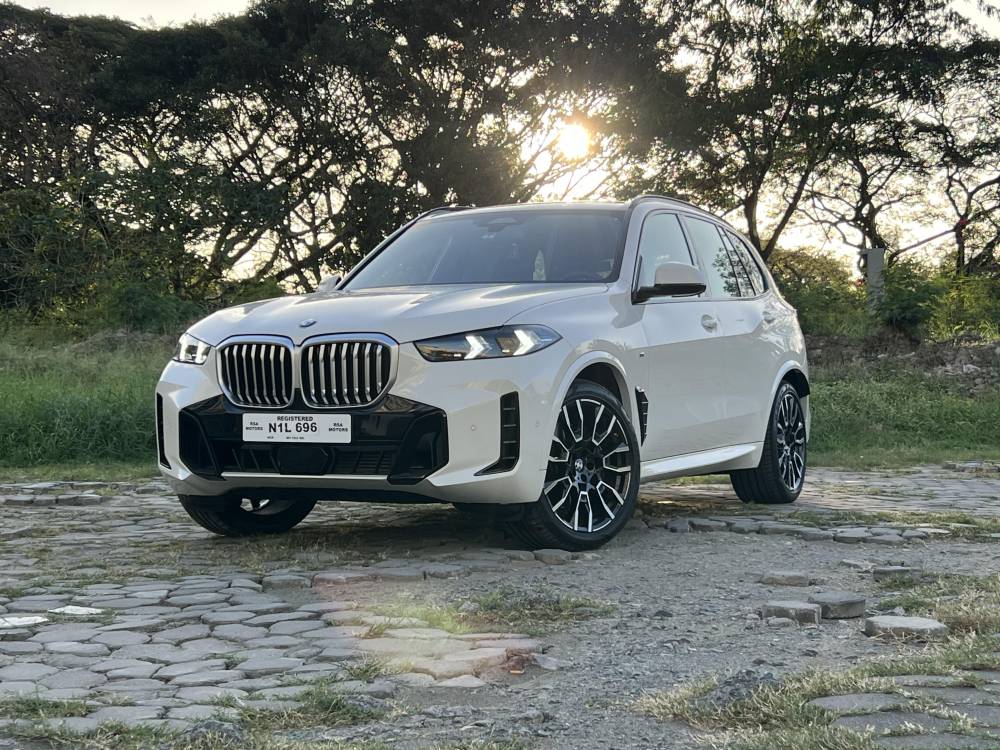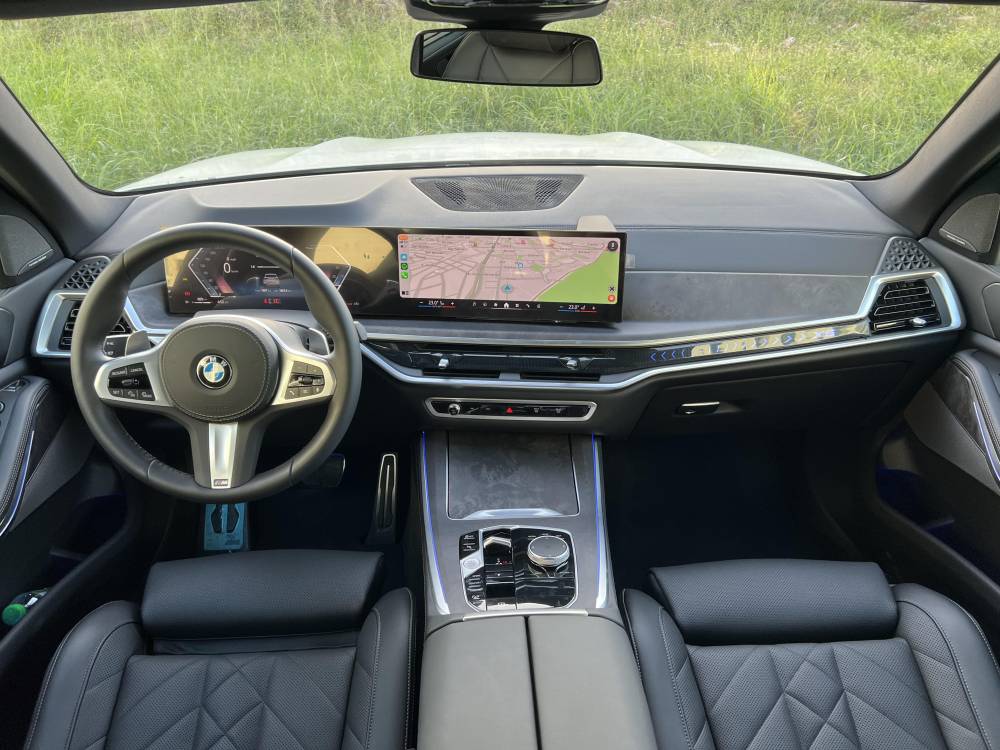Teutonic Titans

I have a great hankering these days for fast, large and comfortable crossovers that behave more like sports sedans on stilts rather than “big, lumbering agricultural feeling tractors” plodding on the road. I’m talking about comfortable family haulers that will acquit themselves on a twisty mountain pass, without worrying about the bumps and ruts on the road, the occasional foray into the rough stuff, and the odd flash flood/river crossing.
And nobody does this better than the Germans! I am specifically talking about the BMW X5 M Sport and the Porsche Cayenne, both receiving major updates in the last few months, and making them even better, more appealing and more endearing. Natural rivals, these two German heavyweights. Let’s take a closer look at these two.
The BMW X5 M Sport’s party trick is its newly hybridized (albeit mildly) B57 inline-six cylinder turbocharged diesel engine that outputs a heady 280hp and 650 Newton-Meters of twist. It makes the larger X5 usefully much more agile and responsive. The added grunt and improved fuel efficiency is thanks to the 48-volt mild hybrid system. It’s also larger (?) with an overall length of 4935mm, a width of 2218mm and a height of 1762mm. Wheelbase stays at 2819mm making it a real intercontinental ballistic Bavarian bruiser. Turning radius is a tight 6.3 meters, and curb weight is pegged at 2295kg for the 30d xDrive M Sport. Not too bad considering its size. Lastly, cargo space is listed at 650 liters in the boot. It grows to 1,870 liters with the second row seats down. It’s a very roomy and comfortable, high-quality interior, perfect for long drives with the family and friends.

The Porsche Cayenne, also recently revised, comes exclusively with gasoline engines. The base Cayenne arrives at the party with 350hp and 500 Newton-Meters of torque from its 3.0-liter turbocharged, direct injected V6 powerplant. In terms of dimensions, it’s lightly smaller than the BMW, with a length of 4930mm, a width of 1983mm and a height of 1698mm. Wheelbase comes in at 2500mm, significantly shorter than the BMW. This more squarish dimension, however, translates to greater responsiveness and agility on winding roads and even on the track, as with any Porsche. The shorter wheelbase also helps give the Porsche a tighter turning radius at 5.75 meters. Weight checks in at 2,130kg, significantly lighter than the BMW. Lastly, the Porsche Cayenne has a handy 695 liters of cargo space in the trunk, and grows to an even larger 1,708 liters with the rear seats down, a noticeable disadvantage versus the Bavarian, which has more space.
In terms of safety, both are comparable with their standard passive safety equipment: multiple airbags, traction / stability control, ABS-EBD brakes with emergency stop assist, although the X5 has the advantage of cornering brake control, plus, the added security of all-wheel drive. The Porsche has the edge, however, as its active safety equipment is extensive: Blind spot monitoring, lane keeping assist and lane departure warning and rear cross traffic alert being some of them.
In terms of in-car features, both have highly-digitized, connected interior entertainment and communications abilities. The BMW has its latest Operating System 8.5 and BMW Live Cockpit Plus with two massive LCD screens, a 12.3-inch instrument LCD display and a 14.3-inch infotainment display with Apple CarPlay and Android Auto. The Cayenne, however, also has a 12.65-inch instrument display and a smaller 12.3-inch infotainment display and an optional 10.9-inch infotainment display for the passenger. From experience, the BMW seems easier to setup and pair with your mobile phone, but, at times, would cut out and need pairing again. The Porsche is a bit more bothersome to setup but, once paired, it automatically connects upon start-up while the BMW has to do a bit of searching before it connects to my mobile phone.

On the open road, both cars are extremely capable, comfortable and engaging. The Porsche has the slight edge, thanks to its standard 2-chamber adaptive air suspension that also raises and lowers in height depending on the situation. From comfort to sport, you can really feel the improvements in compliance or control. The X5 M Sport, however, also has its own M Adaptive Air Suspension but the difference in feel isn’t as noticeable when cruising or going flat out. It is, however, extremely comfortable and well-controlled at all times.
So, what is my pick? Truthfully, it’s too close to call. I love both ‘utes for slightly different reasons. The BMW is better suited as a family hauler; it feels big inside and out, roomy and a bit mote relaxed. The Porsche, on the other hand, feels sharper, more agile and more responsive, but sportier, more intimate interior means there’s less space to lounge and cross your legs. It’s fine for me and my wife, plus our dog; but a family of four with kids will appreciate the space offered by the X5 M Sport. The BMW is also much more affordable at P8.9 million whereas the Porsche starts at P10.5 million. We feel the premium is justified by the Cayenne’s active safety systems.
The solution? Buy both. You’ll need two cars, anyway, thanks to the number coding. More importantly, you’ll get to enjoy both, anytime.


















